 Louisiana
Encyclopedia
Louisiana
Encyclopedia

Et in Arcadia ego.
Arcadia, Acadia, Acadie, Acadiana, Acadians, ’Cadians, Cajuns
by Bruce R. Magee
- Discussion lecture.mp3
- Listen in iTunes
- Listen in Stitcher
-
According to Greek mythology, Artemis was the goddess of the moon. Armed with her arrows, she hunted in the woods by night. She and her followers took vows to remain virgins. Zeus became infatuated with of her followers, Callisto, and disguised himself as Artemis so he could seduce her, providing 18th-Century artists a lesbian love scene to depict.
Callisto became pregnant and either Artemis or Hera became jealous and turned her into a bear. Callisto gave birth to a son, Arcas (Ἀρκάς), whom Zeus hid in a remote region of Greece, with mountains and grasslands inhabited by shepherds and their flocks. Arcas eventually became king of the area, and it was named Arcadia in his honor.
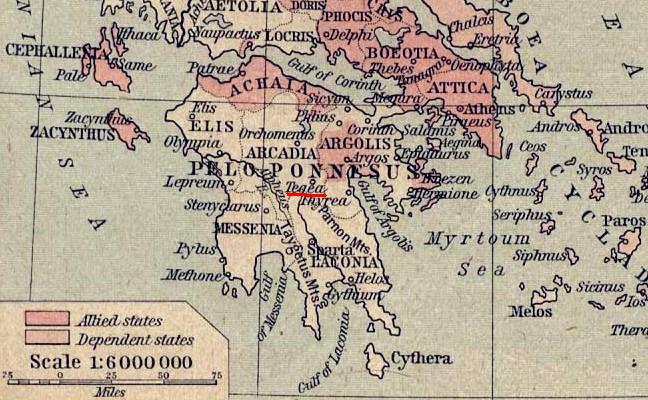
Eventually Arcas found his mother when he was out hunting. He was about to shoot her when Zeus turned him into a bear also and placed them in the heavens, where they were known as Ursa Major and Ursa Minor (the Larger Bear and the Smaller Bear); many people know these constellations as the Big Dipper and the Little Dipper.
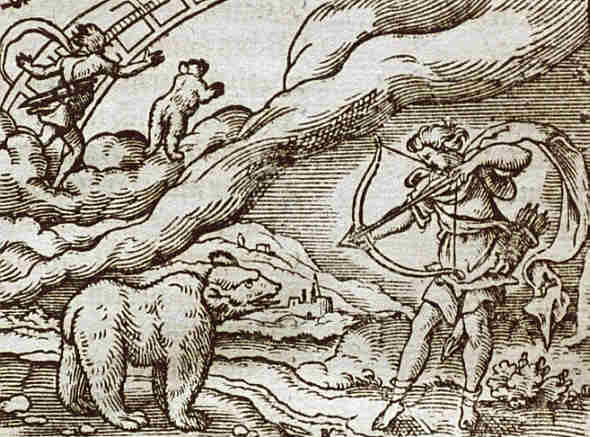
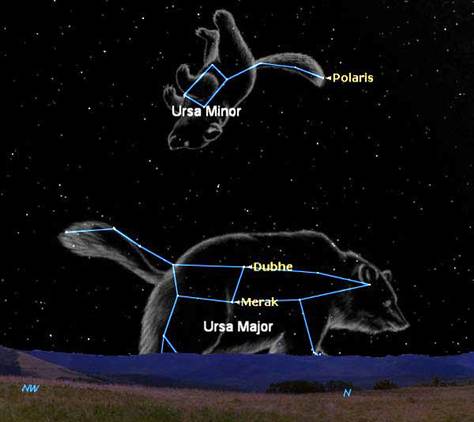
Let’s leave Ursa Major and Ursa Minor to guide the sailor home from the sea and turn our attention to the land they left behind, Arcadia. This rugged area of Greece was the home to flocks and shepherds and the mythic home of Pan. Poets began to set their pastoral poems (poems about pastures, shepherds, and flocks) in the region of Arcadia. This tradition was cemented by the great poet Virgil in the Eclogues when he set them there. What pastorals have in common is their portrait of the rural life as idyllic. Of course, given how difficult rural life actually is, it becomes more and more idyllic as the poet moves further and further away from it.
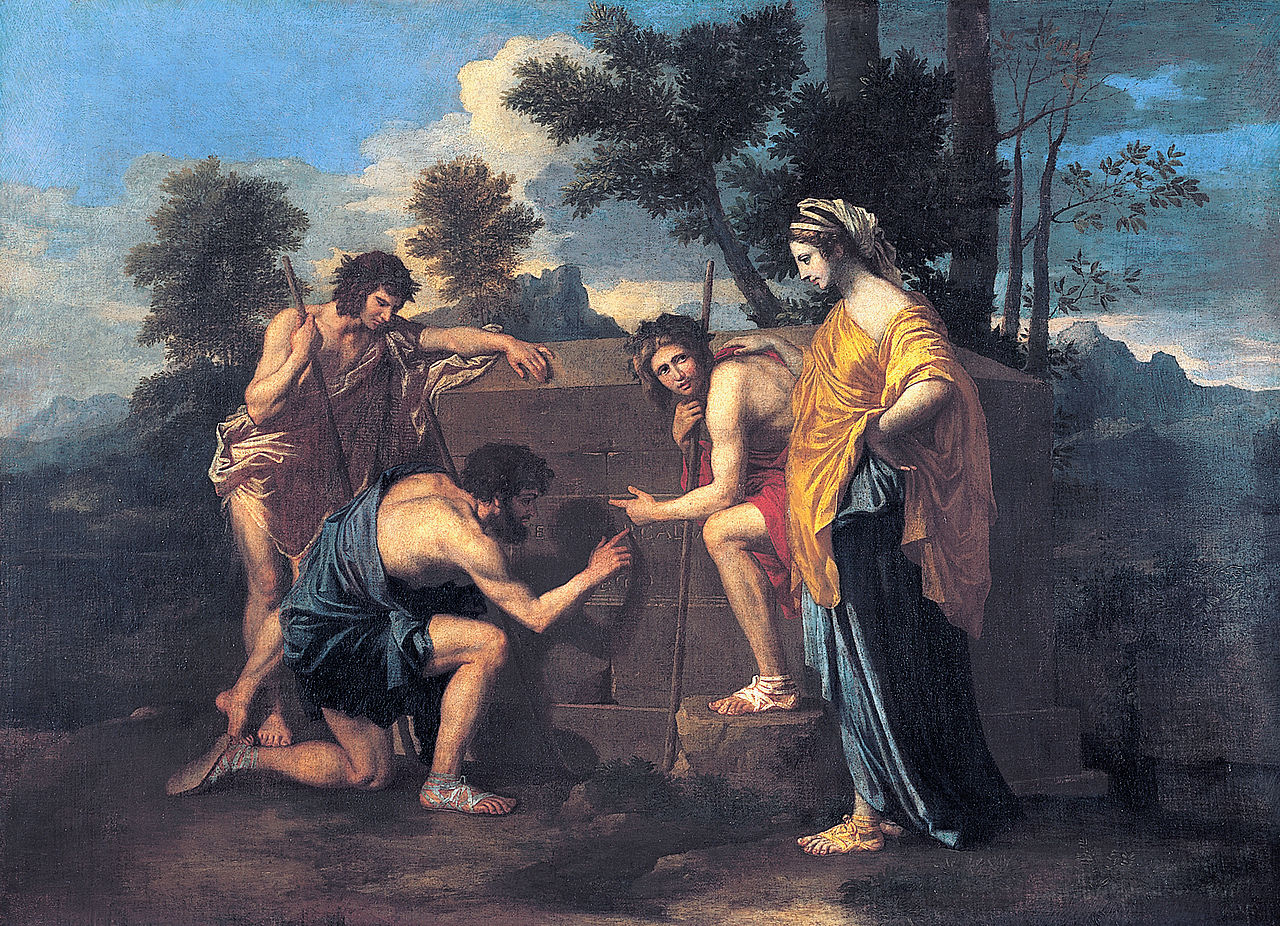
Les Bergers d?Arcadie.
By Nicolar Poussin (1594-1665).
When Europeans came to America, they brought their myths with them. In the 1500s, explorer Giovanni da Verrazzano labelled the territory north of Virginia “Arcadia.” There was something of the real estate sales pitch to names like these. Encouraging people to come to the New World would be much more difficult if they used names like “Howling Wilderness” or “Here Be Monsters.” From 1604-1607, Samuel de Champlain helped settle Port Royal; his map spelled the name of the surrounding region “Acadia.”
After the expulsion of the Acadians in 1755, the colonists began to search for places to go. Some returned to France; some settled in the English colonies from Maine south; eventually many made their way to Louisiana, where the settled the south central portion of the state that became known as “Acadiana.”
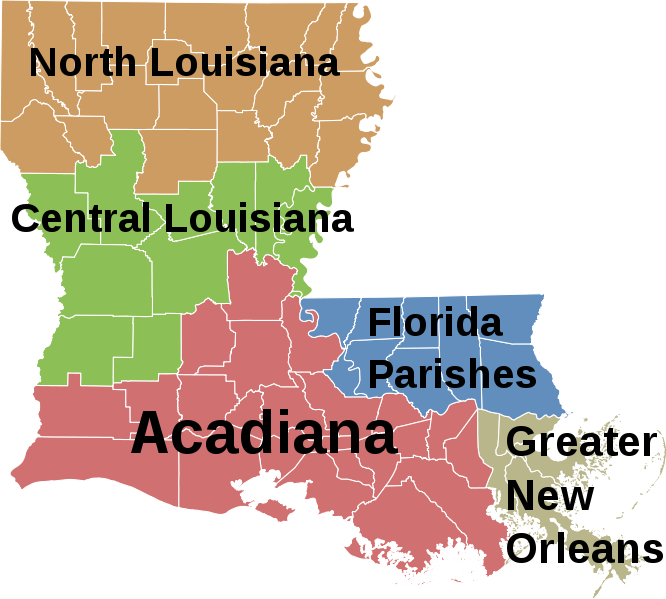
The inhabitants of the region were known as Acadians. As time passed, the name underwent a metamorphosis to ’Cadians and eventually to Cajuns.

 Louisiana
Encyclopedia
Louisiana
Encyclopedia
